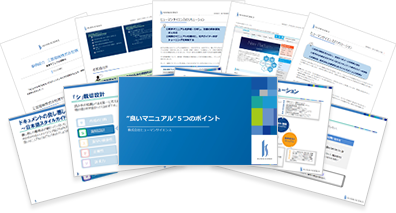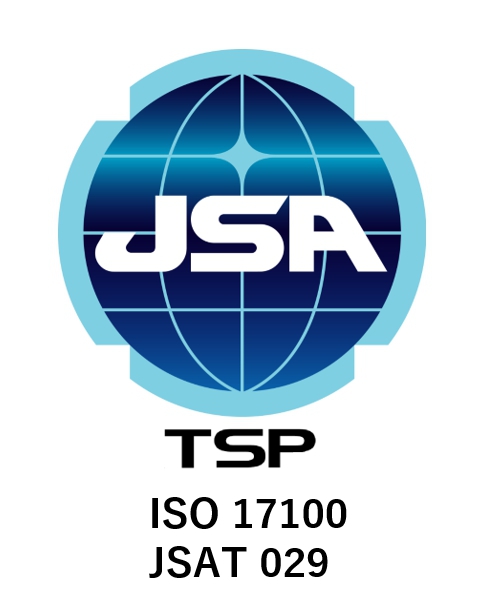
This section introduces an overview of customer success and the background that is attracting attention.
- Table of Contents
-
- 1. What is Customer Success?
- 1-1. The Background of the Growing Attention on Customer Success
- 2. Customer Success Business Processes
- 3. Customer Success Business Challenges and Key Solutions
- 3-1. Issue: Insufficient human resources, inefficient operations
- 3-2. Issue: Dependence on Individual Expertise and Experience
- 3-3. Issue: KPIs are not clearly defined
- 4. Benefits of Using Manuals in Customer Success Operations
- 5. Summary
What is Customer Success?

Customer success refers to the efforts to lead customers to success. It can be described as a collective term for the processes and activities that support customer success. We provide support to ensure that customers can make the most of our products and services and achieve their goals. By guiding customers to success in this way, we enhance customer satisfaction, maximize LTV (lifetime value), and build long-term relationships.
The Background of the Growing Attention on Customer Success
Increase in Subscription-Based Services
With the increase of subscription-based services, it has become important for companies to build long-term relationships with their customers. Unlike the traditional one-time sales model, the subscription model relies on customers continuously using the service as the key to revenue. Therefore, customer success has become a priority to enhance customer satisfaction and keep the churn rate low.
Changes in Sales Methods
Sales methods are also changing significantly. Traditional sales focused on acquiring new customers, but now maintaining existing customers and upselling and cross-selling are emphasized. Customer success is based on the idea that supporting customers to make the most of products and services leads to the success of the company.
Spread of CRM (Customer Relationship Management System)
The spread of CRM (Customer Relationship Management) systems has made it easier to manage and analyze customer data. This allows for a detailed understanding of customer needs and behaviors, enabling personalized responses. By utilizing CRM in customer success operations, it is possible to grasp the customer's situation in real-time and provide support and suggestions at the appropriate timing.
The combination of these factors is making customer success increasingly important.
What is Customer Success?
What is Customer Success? Differences between roles and Customer Support
Customer Success Business Processes

This explains the general business processes of customer success.
1. Definition of Customer Phase Success
First, we will define the customer phases and success. The customer phases refer to the stages in which customers utilize products or services, divided into phases. For example, there are the onboarding phase, adoption phase, and expansion phase. The definition of success is to clarify the goals and success criteria that customers should achieve in each phase. This allows us to understand what kind of support customers need at each stage.
2. Development of Customer Journey
Next, we will formulate the customer journey. The customer journey visualizes the series of experiences a customer has when using a product or service. This includes all steps from the moment the customer first learns about the product, to purchase, usage, support, and retention (continued use). By formulating the customer journey, we can anticipate the experiences customers will have and provide optimal support at each step.
3. Identifying Approaches for Success and Resource Allocation (Building Organizational Structure)
We identify specific approaches to support customer success and allocate resources accordingly. The approaches include high-touch (providing personalized support, especially for large or key customers), low-touch (efficiently providing support for medium-sized customers), and tech-touch (utilizing automated tools and digital channels to support primarily small or numerous customers). This includes clarifying the roles and responsibilities of Customer Success Managers (CSMs) and providing the necessary tools and training. Additionally, we appropriately allocate resources such as technical support, training, and consulting based on customer needs.
4. Definition of Health Score (Indicator)
Define a health score to assess the customer's health status. The health score is a quantitative indicator that measures the customer's usage, satisfaction, engagement, and more. This allows for a quantitative understanding of how successful the customer is and enables early intervention before issues arise.
5. Implementing PDCA
Finally, we will implement the PDCA (Plan-Do-Check-Act) cycle. This is a method of continuously improving processes by repeating the four steps of planning (Plan), executing (Do), evaluating (Check), and improving (Act). In customer success, we also regularly assess the customer's situation, review our approach as needed, and make improvements.
The goal of customer success is to support the success of our clients through these processes and to build long-term relationships.
What are the main phases of customer success and the key points for success?
Customer Success Business Challenges and Key Solutions

We will introduce the business challenges of customer success and the main solutions.
Issue: Insufficient human resources, inefficient operations
[Solution]
Utilizing tools and creating manuals is effective. Details are explained below.
Insufficient human resources
Introduction of Automation Tools
Chatbot: By implementing a chatbot that automatically responds to frequently asked questions from customers, we reduce the burden on customer support.
Automated Email Campaigns: Utilizing tools that automatically send emails based on customer behavior enhances customer engagement.Setting Priorities
Customer Segmentation: Segment customers based on importance and urgency to optimally allocate resources. For example, allocate resources primarily to high-touch customers, while utilizing automation tools for customers that can be handled with tech-touch.Outsourcing
Utilizing external support: By outsourcing training and some support tasks to external specialists, we complement internal resources.
Inefficient operations
Review and Standardization of Processes
Manualization of Business Flows: We will review the current business processes and create standardized manuals. This will improve consistency and efficiency in operations.
Utilization of Templates: By standardizing the formats for regular meetings and reports and utilizing templates, we will reduce working time.Utilization of CRM Systems
Centralized Management of Customer Data: By utilizing a CRM system, we achieve centralized management of customer data, enabling faster customer responses and personalization.
Introduction of Analytical Tools: We implement tools to analyze customer behavior data, allowing us to quickly understand customer needs and challenges.Training and Skill Development
Regular Training: We conduct regular training for members of the Customer Success Team to enhance their skills. This improves the quality and efficiency of our operations. Knowledge Base Development: We create a knowledge base that compiles frequently asked questions and troubleshooting methods, which is shared across the entire team.Introduction of Collaboration Tools
Microsoft Teams and Slack: We will introduce collaboration tools such as Microsoft Teams and Slack to facilitate communication within the team. This will enable smoother information sharing and is expected to improve operational efficiency.
By combining these solutions, we can improve the shortage of human resources and the inefficiency of operations, thereby enhancing the quality of customer success operations.
Issue: Dependence on individual expertise and intuition
[Solution]
Utilizing manuals and conducting training are effective measures for standardizing operations. Details are explained below.
Utilization of Training
Standardized Training Program
New Employee Training: We implement a standardized training program for new members joining the Customer Success team. This ensures that everyone understands and can execute their tasks according to the same standards.
Ongoing Skills Development Training: We conduct regular skills development training to share the latest business knowledge and best practices. This helps to standardize the skills of the personnel and prevent dependency on specific individuals.Introduction of the Mentorship System
We will implement a mentorship system where experienced members guide new members. This will allow for the sharing of experience and knowledge across the entire team, creating a structure that does not rely on individual intuition or experience.
Manualization
Standardization and Manualization of Business Processes
Documentation of Business Flows: Each business process will be documented in detail and organized as a manual. This allows anyone to perform tasks following the same procedures.
Creation of Checklists: Checklists will be created for important tasks to ensure that the responsible parties can carry out their duties without omissions.Building a Knowledge Base
FAQ and Troubleshooting Guide: We will build a knowledge base that compiles frequently asked questions and troubleshooting methods, which will be shared across the entire team. This will enable team members to resolve issues quickly.
Sharing Success Stories: We will add success stories and best practices to the knowledge base so that everyone can refer to them.
Utilization of Tools
Implementation of CRM System
By implementing a CRM system that centrally manages customer information and response history, it becomes easier for representatives to refer to past interactions. This enables responses based on data rather than relying on individual intuition and experience.Utilization of Project Management Tools
By utilizing project management tools such as Asana and Trello, we visualize the progress of our work. This makes it easier for the entire team to understand the status of the work, enabling efficient execution of tasks.
By combining these solutions, you can achieve efficient and consistent customer success operations without relying on individual expertise or the intuition and experience of specific personnel.
Issue: KPIs are not clearly defined
[Solution]
Setting KPIs is essential for customer success. We will also utilize metrics.
-
1. Goal Setting and KPI Definition
-
Clarification of Business Goals: First, we clarify the overall business goals of the company. Based on this, we set the goals for the customer success team.
-
Setting KPIs: We will establish specific KPIs based on customer success goals. This will allow for a quantitative evaluation of the team's performance.
-
-
2. Monitoring and Reporting of KPIs
-
Regular Reviews: We regularly review the established KPIs and check the progress. This allows us to adjust actions as necessary to achieve our goals.
-
Utilization of the Dashboard: We will implement a dashboard that allows real-time monitoring of KPIs and share it with the entire team. This will make it easier for everyone to understand progress towards the goals.
-
-
3. Building a Feedback Loop
-
Regular Feedback Sessions: We hold regular feedback sessions with team members to share the status of KPI achievements and areas for improvement. This promotes continuous improvement.
-
Key Performance Indicators (KPI)
Customer Satisfaction (CSAT)
This is a metric that measures how satisfied customers are with the services provided. It is collected through surveys and feedback forms.Net Promoter Score (NPS)
A metric that measures how likely customers are to recommend a product or service to others. It helps evaluate customer loyalty.Churn Rate (Cancellation Rate)
This is an indicator that shows the percentage of customers who canceled the service within a certain period. A low churn rate indicates high customer satisfaction.Customer Lifetime Value (CLV)
This is an indicator that shows the total revenue a customer brings to a company over their lifetime. A high CLV indicates that the customer is providing value in the long term.Onboarding Completion Rate
This metric indicates the percentage of new customers who have completed the onboarding process. Smooth onboarding leads to early customer retention.Product Utilization Rate
This is a metric that measures how much customers are utilizing the features of products and services. A high utilization rate indicates that customers are realizing the value of the product.
By leveraging these solutions and metrics, you can effectively evaluate and improve the performance of customer success operations.
Benefits of Using Manuals in Customer Success Operations

There are many benefits to utilizing manuals in customer success operations.
Achieving Business Efficiency
By utilizing manuals, the procedures and processes of operations become clear, allowing anyone to perform tasks in the same way. This reduces unnecessary time and effort, achieving greater efficiency in operations. For example, if the methods for responding to frequently asked questions are documented in a manual, responses can be made quickly.
Achieving Business Standardization
By creating manuals, the standardization of operations is advanced. When everyone performs tasks using the same procedures, it prevents variations in quality and allows for the provision of consistent services. This, in turn, leads to an improvement in customer satisfaction.
Elimination of Personalization
Business operations can be carried out at the same level by anyone, without relying on the intuition or experience of specific personnel. By following the manual, the dependency on individuals is eliminated, and the quality of work is maintained even when personnel change.
Leads to a reduction in education costs
By utilizing the manual when new members join, you can reduce the time and cost of education and training. Since self-learning can be done based on the manual, training efficiency improves, allowing for quicker acclimatization to the job.
Leads to a reduction in labor costs
By achieving business efficiency and reducing training costs, it leads to an overall reduction in labor costs. This allows for efficient execution of operations, making it possible to achieve high results with fewer resources.
By leveraging these benefits, you can advance customer success operations more effectively.
Comprehensive Guide: How to Create a Manual Without Fail
Summary
Many BtoB companies (especially SaaS companies) are prioritizing customer success. The operations of the customer success department are very diverse, so there is a need for streamlining and improving those business processes. Human Science's services can implement measures that lead to the efficiency of the customer success department and the enhancement of CX (customer experience).
Service Introduction
To efficiently share know-how for customer success or to enhance customer satisfaction, it is also important to organize documentation. It is necessary to secure resources for this purpose. However, creating manuals and developing training content to improve customer satisfaction requires a significant amount of personnel and time, making it a high-priority but increasingly burdensome task.
At Human Science, we offer a variety of services for the customer success department. In particular, we believe that the quality of the content provided by the customer success department is key to achieving customer success. Necessary actions include improving and creating manuals, enhancing FAQs, and producing training content. Attempting to handle these in-house can be costly, and the quality must also be clear and understandable. Human Science has extensive experience in creating clear manuals and e-learning content. We offer the following services.
・Quality Improvement of Manuals and Training Texts
We propose the most suitable user manuals, technical documents, help guides, and FAQs for your environment. Starting with the evaluation of the current manuals, we provide consulting for building multilingual support systems and CMS operations. We can also undertake the production of video manuals.
・Production of educational content and support for the introduction of LMS (Learning Management System)
We propose educational content that is best suited for your environment, just like manuals. Starting with an evaluation of the current content, we can also optimize the LMS and support multilingual capabilities.
・Chatbot Implementation and Development Support
To improve customer support efficiency, many companies are advancing the implementation of chatbots. We propose the most suitable chatbot for your environment. We can provide one-stop support from the implementation of the chatbot system to content creation.
Project Achievements
The following are achievements for the Customer Success Department.
We provide a one-stop service for creating easy-to-understand manuals, video manuals, and e-learning content necessary for customer success, so please make use of it.










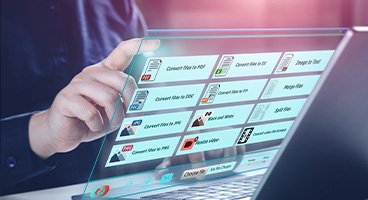









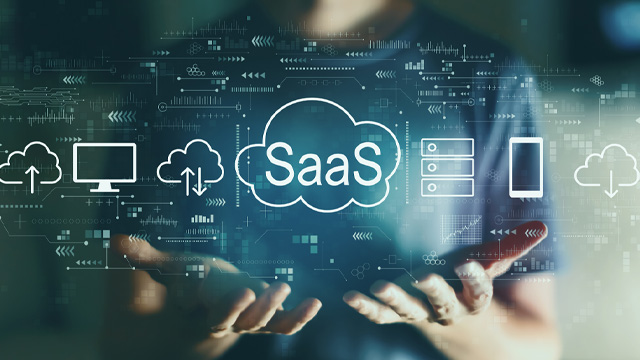










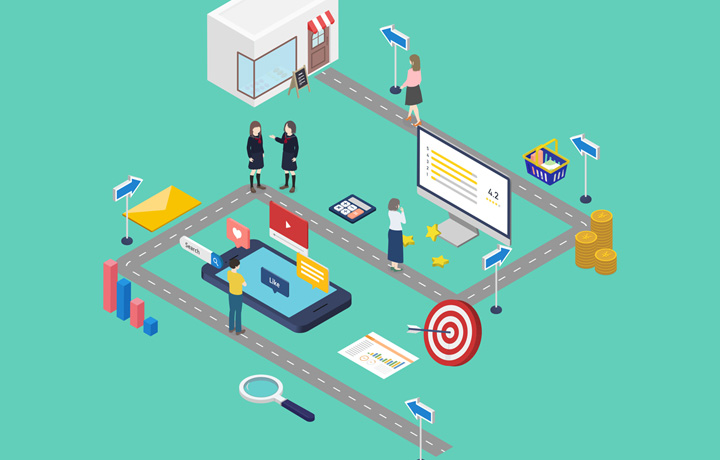
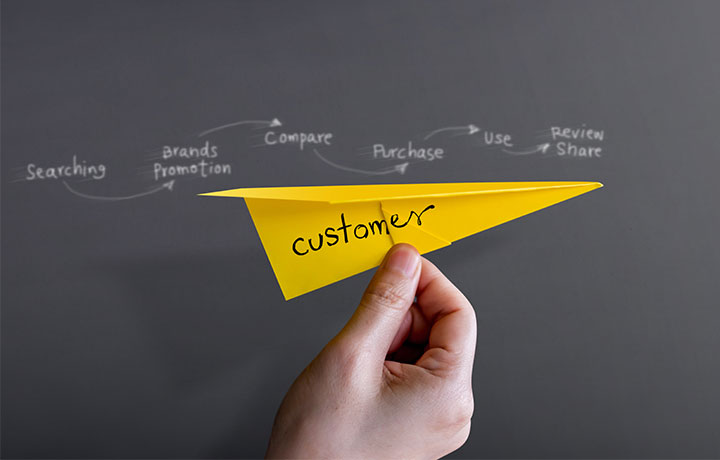











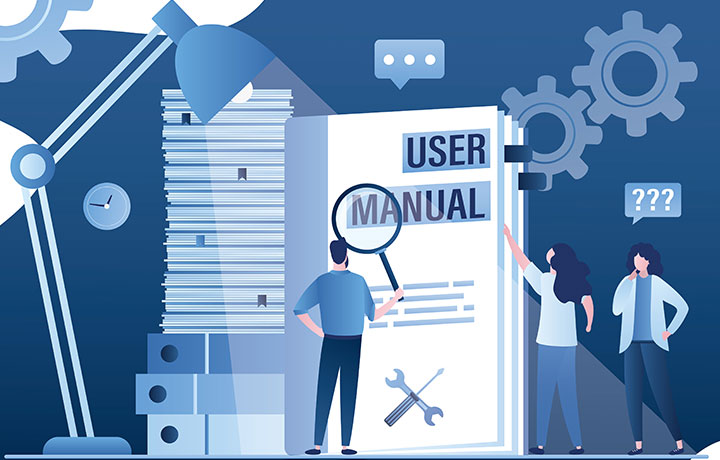



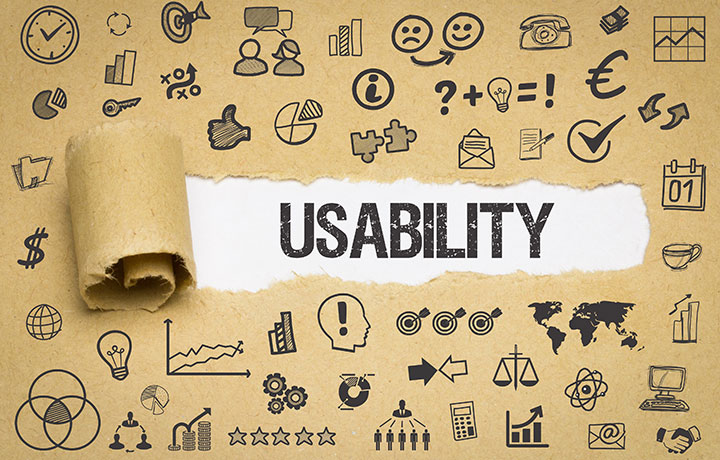





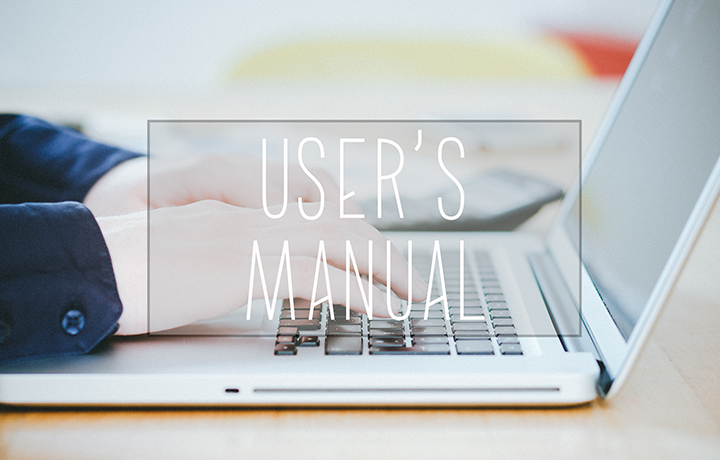











 Manual creation
Manual creation Director, Writer
Director, Writer In-house Support
In-house Support Video
Video Manual
Manual Manual Creation
Manual Creation One-Stop Service for Manual Creation
One-Stop Service for Manual Creation Manuals and Documents
Manuals and Documents